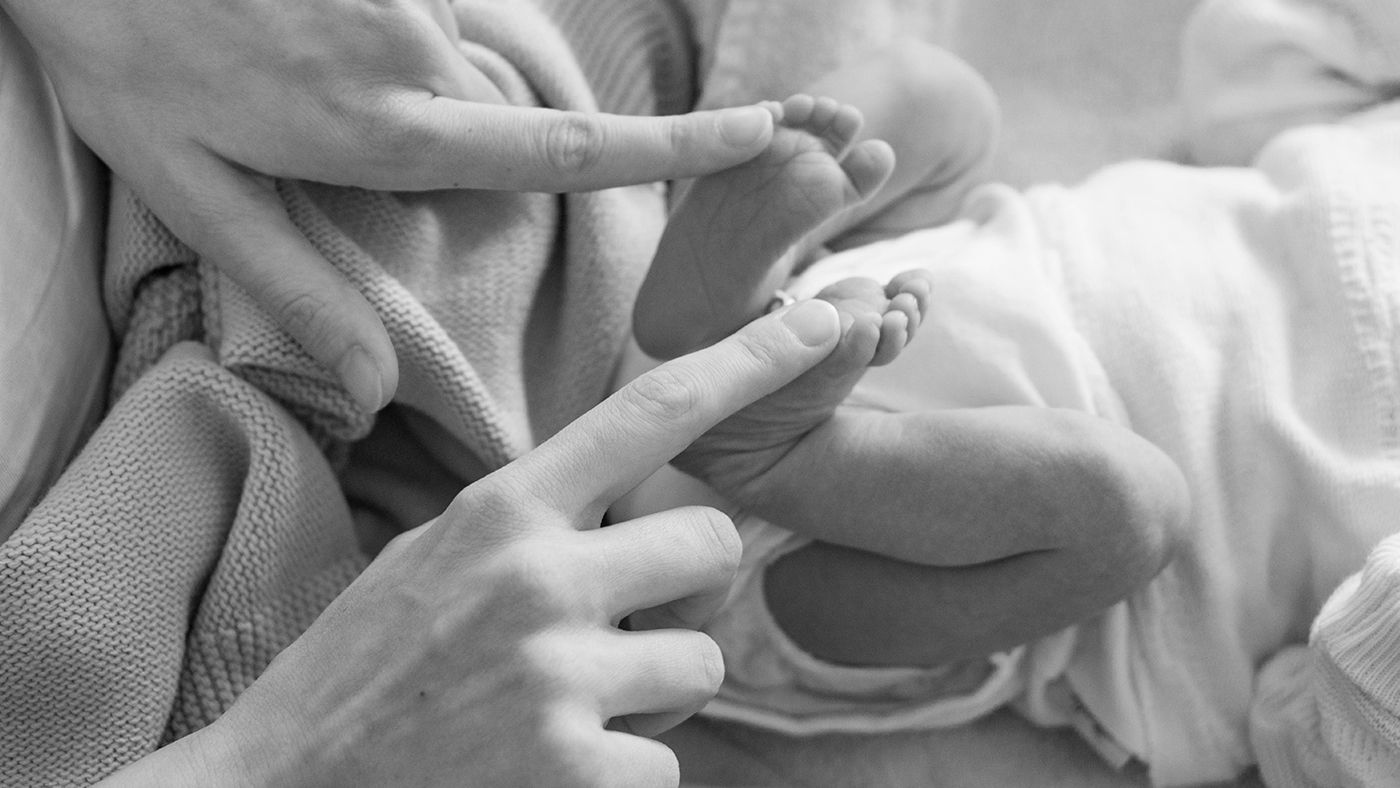Different positions to observe your baby's pushing feet

Your baby has been moving their arms and legs in random, jerky movements, but now you might begin to notice that they push when their feet touch something firm. They might push against your stomach when lying on your knee or push down when you hold them upright with their feet on your lap. Trying different positions and giving your baby freedom to move (safely) will help to boost these vital movements.
Bending knees when you hold them upright
Your baby has been moving their arms and legs since before they were born, and these movements support them to develop strength and control of their movements. As your baby begins to develop control of their head they might sometimes like being held in a more upright position, but when you do this they will bend their knees rather than supporting their weight.[1]
Pushing their feet against you or the bottom of their cot and pram
When you lie your baby down on their back on your lap, you might notice that as they kick their legs if their feet touch you, they push slightly. They might also do this when their feet touch the bottom of their cot or pram – it's worth being aware that they are beginning to do this and make sure that you are holding them so that they can't push themselves off your lap.
Head control and using muscles to support themselves in other positions
Your baby needs to develop muscle strength and control so that they can sit, stand and move. In the early days, this development will happen through tummy time and when your baby moves and kicks their legs. Holding your baby in different positions will help them to adjust their head position and balance as they develop their postural control, it will also help them to use their muscles to provide support in various positions.
How you can help your baby to get stronger
Your baby will develop their strength and control by moving. You can help them by:
- Having regular tummy time. Your baby might not be sure about this at first, so try different times of the day and different ways of doing it – your baby could lie on your chest for tummy time at first.
- Change position. Give your baby time in a variety of positions, and try not to have them in a buggy or car seat for long periods of time.
- Time to move. Make sure that your baby has plenty of time to move their arms and legs, and times when their hands and feet aren't covered so that they can feel surfaces as they kick their legs and move their arms.
What will happen as they develop strength and control of their movements?
During the coming months, your baby will briefly bear some weight on their legs when you hold them upright, and gradually be able to hold their weight and bounce as you hold them upright.
As they develop their strength, control, posture and balance they will be able to kneel and stand – but this is a long way off and will take lots of movement and practice!
Reference:
[1] Sheridan, M., Sharma, A and Cockerill, H. (2014). Mary Sheridan’s from birth to five years. Children’s developmental progress. (4th edn.). Abingdon: Routledge.